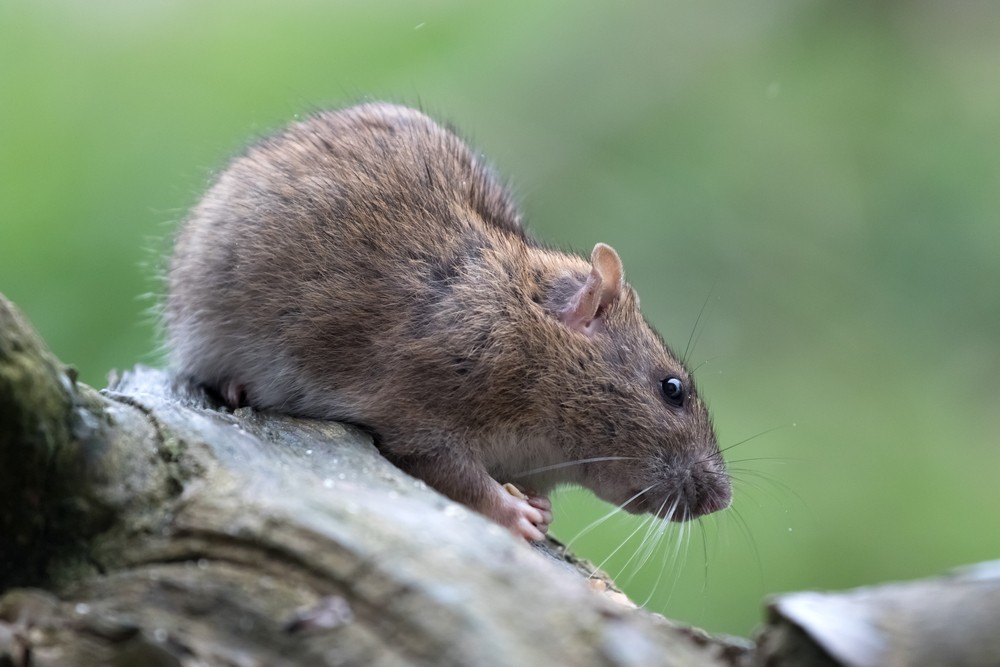Category: Rodents
Brown Rat
Rattus Norvegicus

Details
Size
Length: >8"
Width: 2"
Color Brown
DIVERSITY 100s
Summary
The brown rat, common rat, sewer rat, Hanover rat, Norway rat, Norwegian rat, or wharf rat (Rattus norvegicus) is one of the best known and most common rats. One of the largest muroids, it is a brown or grey rodent with a body up to 25 cm (10 in) long, and a similar tail length; the male weighs on average 350 g (12 oz) and the female 250 g (9 oz). Thought to have originated in northern China, this rodent has now spread to all continents, except Antarctica, and is the dominant rat in Europe and much of North America—making it the most successful mammal on the planet after humans. Indeed, with rare exceptions the Norway rat lives wherever humans live, particularly in urban areas.
Selective breeding of Rattus norvegicus has produced the laboratory rat, an important model organism in biological research, as well as pet rats.
Description
The fur is coarse and usually brown or dark grey, while the underparts are lighter grey or brown. The length can be up to 25 cm (10 in), with the tail a further 25 cm (10 in), the same length as the body. Adult body weight averages 350 g (12 oz) in males and about 250 g (9 oz) in females, but a very large individual can reach 500 g (18 oz). Rats weighing over 1 kg (2.2 lb) are exceptional, and stories of rats as big as cats are exaggerations, or misidentifications of other rodents such as the coypu and muskrat.
Brown rats have acute hearing, are sensitive to ultrasound, and possess a very highly developed olfactory sense. Their average heart rate is 300 to 400 beats per minute, with a respiratory rate of around 100 per minute. The vision of a pigmented rat is poor, around 20/600, while a non-pigmented (albino) with no melanin in its eyes has both around 20/1200 vision and a terrible scattering of light within its vision. Brown rats are dichromates who perceive colors rather like a human with red-green colorblindness, and their color saturation may be quite faint. Their blue perception, however, also has UV perceptors, allowing them to see ultraviolet lights that some species cannot.
Habits
The Brown Rat is usually active at night and is a good swimmer, both on the surface and underwater, but unlike the related Black rat (Rattus rattus) they are poor climbers. Brown rats dig well, and often excavate extensive burrow systems. A 2007 study found brown rats to possess metacognition, a mental ability previously only found in humans and some primates.
Diet
The brown rat is a true omnivore and will consume almost anything, but cereals form a substantial part of its diet.
Foraging behavior is often population-specific, and varies by environment and food source. Brown rats living near a hatchery in West Virginia catch fingerling fish. Some colonies along the banks of the Po river in Italy will dive for mollusks, a practice demonstrating social learning among members of this species. Rats on the island of Norderoog in the North Sea stalk and kill sparrows and ducks.

Causes Property
Damage

Inhabit Nearby
Foliage



































































